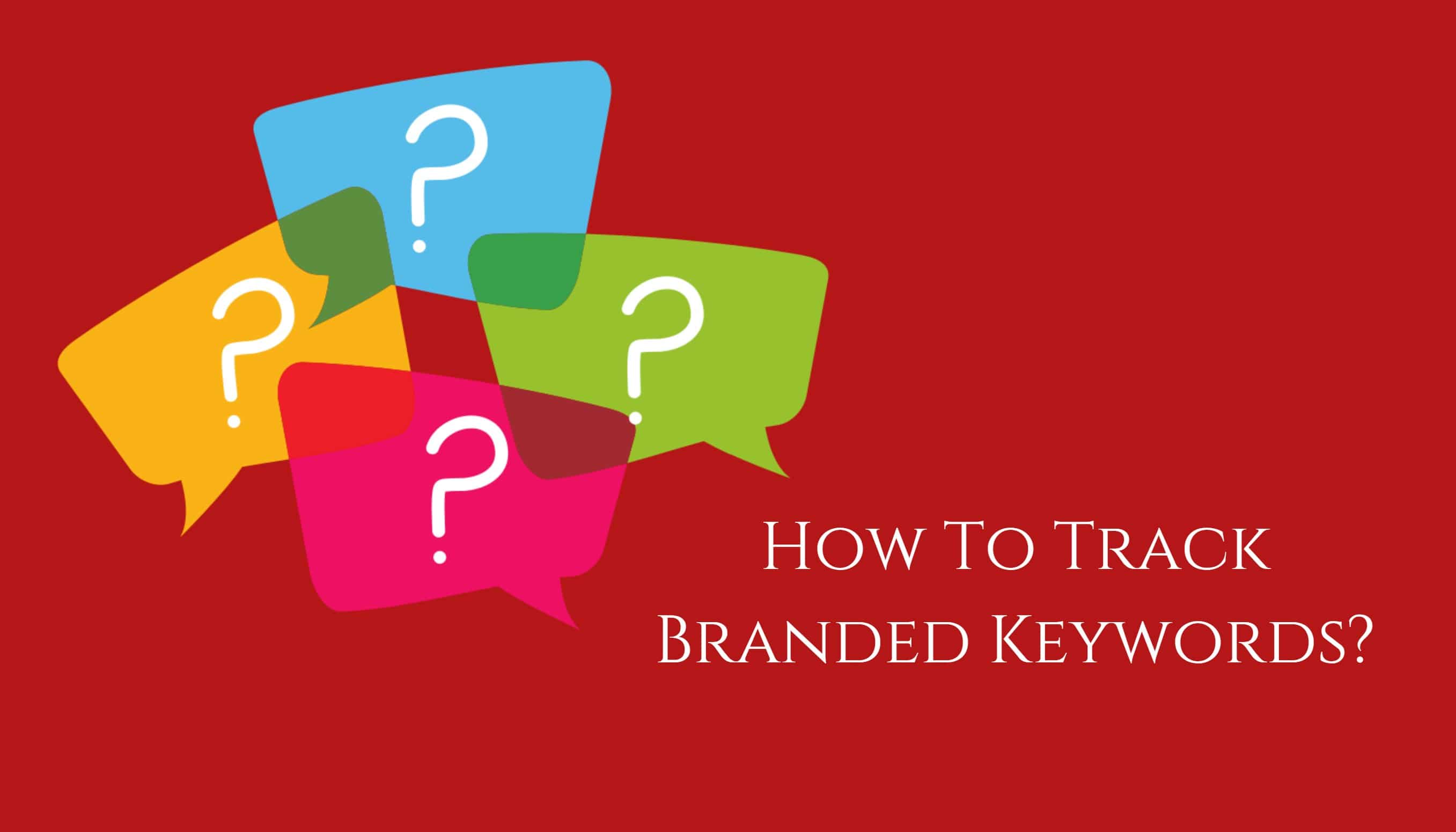How to Track Branded Keywords?
In the world of social media, every user is online sharing their experiences. Your customers too are talking about their experiences. How your customers discuss your product or service online leaves a great impact on your business. It is critical to track branded keywords to understand the context in which your brand is being discussed online.
Most brands, these days, use social listening or have a regular Google check to keep up with the conversations. However, most of them are not receiving much value out of it! Tracking branded keywords brings in a sea of information most of which is noise. Filtering out valuable insights is a form of art. But it is not entirely difficult. With the help of these tricks, you’ll be able to derive the most out of online consumer insights.
Tracking Branded Keywords
For most marketers, the objective is to find out more about the brand’s position in the market. Tracking branded keywords can help with this and a lot of other metrics like competitive benchmarking, sentiment analysis et cetera.
Some of the proper ways to track branded keywords are:
Using Google
If your main focus is finding brand mentions on search engines, Google offers powerful solutions. Simply login to Google’s tool – Google Alerts! Set it up for your brand name and it will religiously track down all mentions of your brand across blogs and other articles.
You can also use Google Analytics to see how queries related to your branded keyword are leading people to visit your website.
Twitter/Instagram/Facebook Analytics
Managing your brand reputation online also means being aware of your social media reputation. One of the most common ways to check your social media performance is to opt for the platform’s native analytics.
These tools are perfect for a quick look at the metrics. They tell you about your brand’s engagement rates, basic audience demographics, and even the time of the day/week at which your posts have the maximum engagement. This is all useful information when you’re trying to judge when to post your content or which audience to target.
Social Listening – The Best Way to Track Branded Keywords
Think of your branded keywords and all the words or phrases related to them. Now imagine how wonderful it would be to have one tool tracking all these keywords at the same time. The tool also goes beyond basic metrics and analyzes the data for you. Does this sound like it would make life easier for you? Social listening tools do exactly what I just mentioned and more.
You can use social listening to track branded keywords or campaigns or trending hashtags – anything you like. And the features don’t stop at this.
Social listening helps you:
- Receive real-time alerts whenever you have an important (influencer) mention.
- Can help you spy on your competitors.
- Help you curate content ideas.
- Identify your brand advocates and influencers.
- Bring in trending industry news.
- Help uncover market gaps and opportunities.
In addition, Auris presents customizable reports to help brand marketers receive timely updates about actionable insights. Head over to our previous blog posts if any of these use cases particularly interest you.








